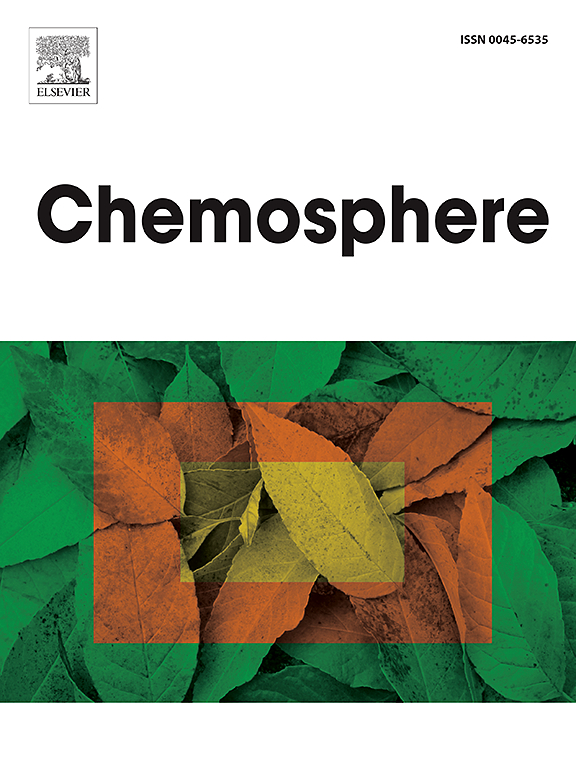葡萄牙第一个统一的总饮食研究:砷、镉和铅暴露评估。
IF 8.1
2区 环境科学与生态学
Q1 ENVIRONMENTAL SCIENCES
引用次数: 0
摘要
本研究的目的是使用统一的总饮食研究(TDS)方法,估计18至74岁葡萄牙人口对无机砷、镉和铅的基线暴露量以及超过各自健康指导值的风险。代表整个饮食的TDS食物样本在食用后制备,并对总砷、镉和铅进行分析。欧洲食品安全局的保守方法被用来估计无机砷。使用蒙特卡洛风险评估软件评估暴露程度。根据上限方法,估计无机砷和铅的平均基线暴露量分别为0.28和0.35 μg kg-1体重第1天,镉的平均基线暴露量为1.36 μg kg-1体重第1周。无机砷和铅的接触范围小于或接近1,而5.4%的人超过了镉的每周可耐受摄入量。这些结果表明,不能排除对健康的不利影响。面包是暴露于这三种元素的常见主要因素。本文章由计算机程序翻译,如有差异,请以英文原文为准。

The first harmonised total diet study in Portugal: Arsenic, cadmium and lead exposure assessment
The aim of this study was to estimate the 18–74 years old Portuguese population's baseline exposure to inorganic arsenic, cadmium and lead and the risk of exceeding the respective Health Based Guidance Value, using a harmonised Total Diet Study (TDS) methodology. TDS food samples representative of the whole diet were prepared as consumed and analysed for total arsenic, cadmium and lead. European Food Safety Authority's conservative approach was used to estimate inorganic arsenic. Exposure was assessed using the Monte Carlo Risk Assessment software. At upper bound approach, the mean baseline exposure was estimated at 0.28 and 0.35 μg kg−1 body weight day−1 for inorganic arsenic and lead, respectively, and 1.36 μg kg−1 body weight week−1 for cadmium. Margins of exposure of below or close to one were found for inorganic arsenic and lead, whereas 5.4 % of individuals exceeded the Tolerable Weekly Intake for cadmium. These results indicate that adverse health effects cannot be ruled out. Bread was the common main contributor for the exposure to all three elements.
求助全文
通过发布文献求助,成功后即可免费获取论文全文。
去求助
来源期刊

Chemosphere
环境科学-环境科学
CiteScore
15.80
自引率
8.00%
发文量
4975
审稿时长
3.4 months
期刊介绍:
Chemosphere, being an international multidisciplinary journal, is dedicated to publishing original communications and review articles on chemicals in the environment. The scope covers a wide range of topics, including the identification, quantification, behavior, fate, toxicology, treatment, and remediation of chemicals in the bio-, hydro-, litho-, and atmosphere, ensuring the broad dissemination of research in this field.
 求助内容:
求助内容: 应助结果提醒方式:
应助结果提醒方式:


